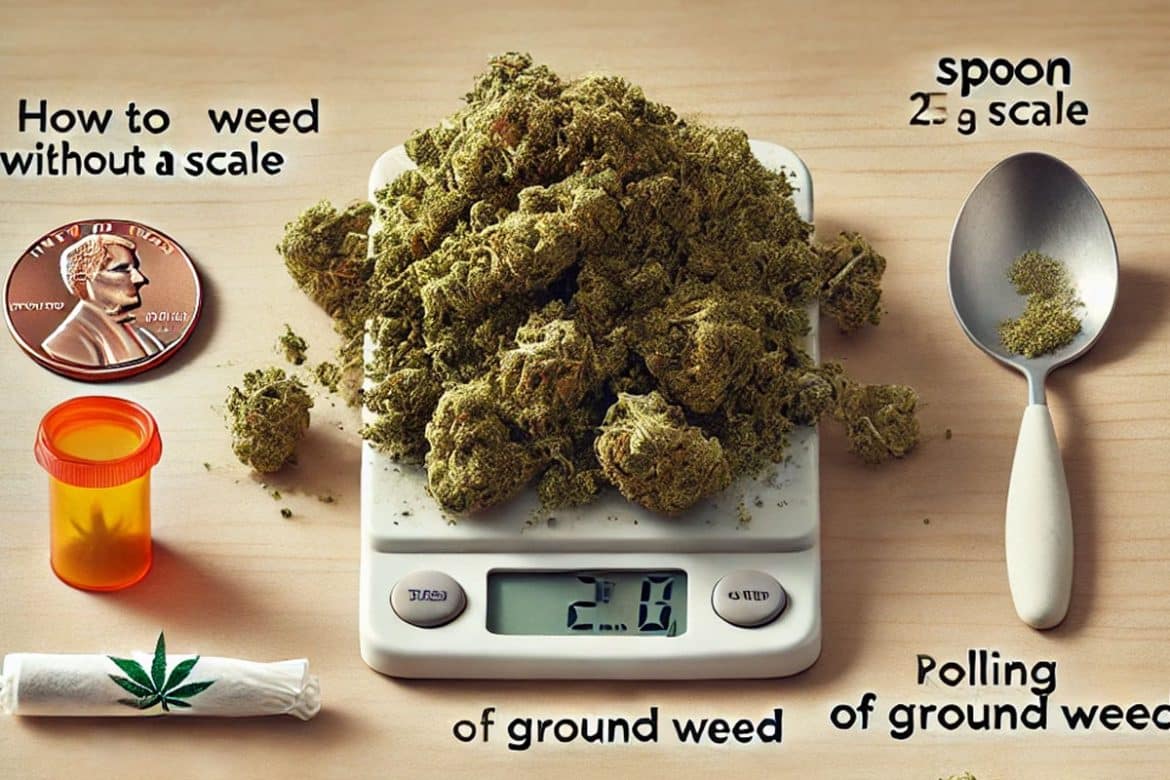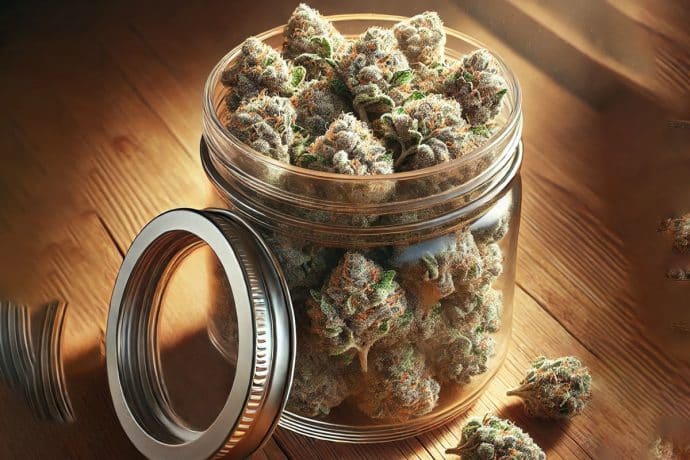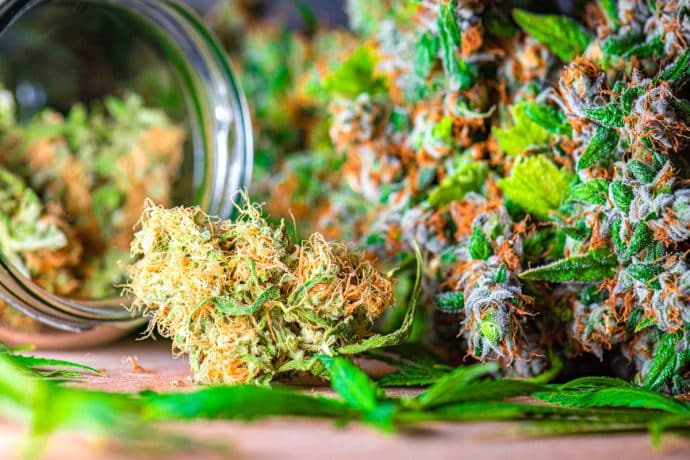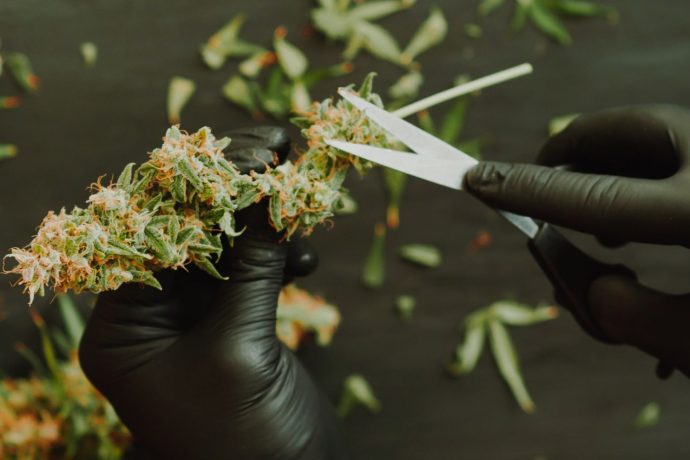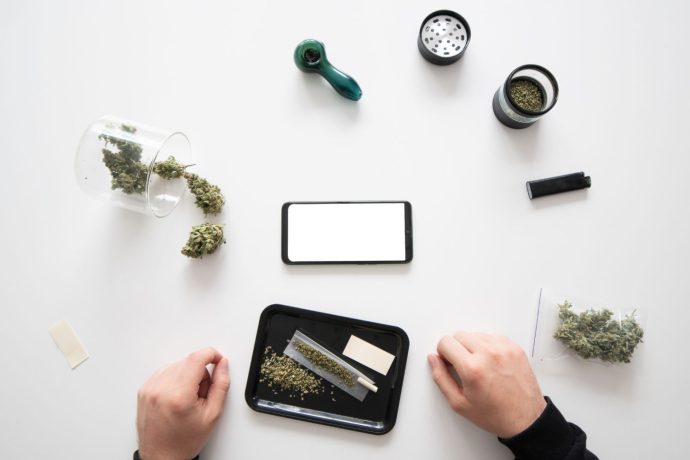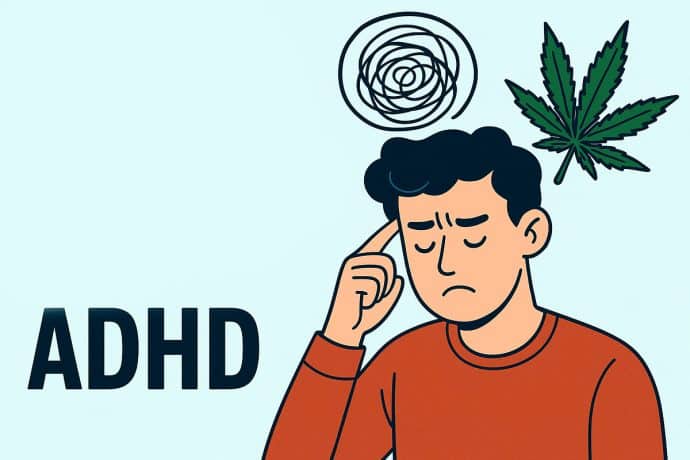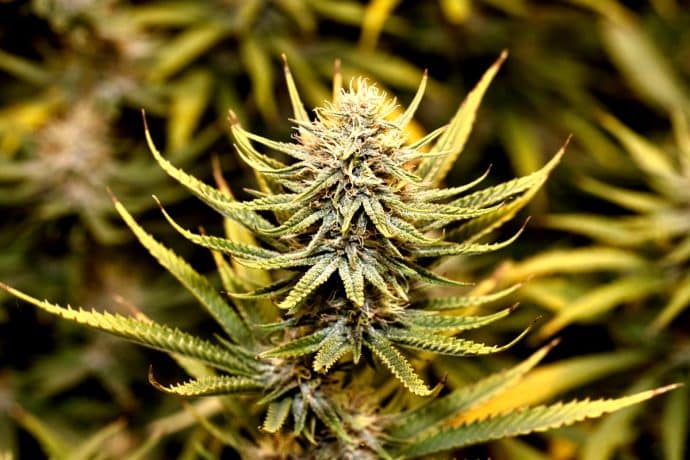Whether you’re rolling a joint, preparing an edible, or just trying to keep track of your stash, knowing how much weed you’re using is essential. But what happens if you don’t have a scale handy?
No need to panic or guess. In this guide, we’ll show you how to measure weed without a scale using common household items, visual cues, and smart estimation techniques. While these methods won’t give lab-level accuracy, they can still help you stay within legal limits, dose responsibly, and avoid overuse.
Let’s dive in.
Why Would You Need to Measure Weed Without a Scale?
Before jumping into the methods, let’s explore a few scenarios where you might need to eyeball your cannabis:
- You’re traveling and left your scale behind.
- You’re a new user and don’t own a scale yet.
- You want to split a gram or eighth with a friend fairly.
- You’re making edibles and need to approximate a dose.
- You just want to keep track of consumption without high-tech tools.
Regardless of the reason, it’s helpful to know a few tricks for estimating weight without precise equipment.
Understanding Cannabis Weights: A Quick Breakdown
First, let’s review the standard weed weight units you’ll be estimating:
| Common Term | Grams (g) |
|---|---|
| A “Pinch” | 0.1 – 0.3 |
| A “Dub” | 1 – 1.2 |
| A Gram | 1 |
| A “Dime Bag” | 1 |
| An Eighth | 3.5 |
| A Quarter | 7 |
| A Half-Ounce | 14 |
| An Ounce | 28 |
Factors That Affect Weed Weight
Not all cannabis is created equal. When estimating, keep in mind:
- Density: A tight, compact bud can weigh more than a fluffy one of the same size.
- Moisture Content: Drier weed is lighter; fresh weed feels heavier.
- Trim Quality: Buds with more leaves or stems can skew your estimate.
- Strain Differences: Some strains grow denser than others.
That’s why using visual references and everyday items together will give you better accuracy.
7 Practical Methods to Measure Weed Without a Scale
1. Use a Coin as a Visual Reference
Did you know coins can help you eyeball weed amounts?
- A U.S. penny is about 2.5g in weight and 0.75 inches in diameter.
- Flatten your bud into a disc that’s the same width and height of a penny = ~0.5g to 0.7g (depending on density).
💡 Pro Tip: If your bud covers a penny and is stacked as high as the edge of the coin, it’s probably close to 1 gram.
2. The “Joint Size” Method
Most average-sized joints contain:
- 0.3g to 0.5g for a thin joint
- 0.5g to 0.7g for a standard cone
- 1g+ for a large joint or blunt
So, if you’re rolling joints and want to portion out your stash, use pre-rolled cones or papers as your reference.
💡 Example: If you roll three regular joints from your weed, you likely have about 1.5g to 2g total.
3. Use a Teaspoon or Tablespoon
Kitchen spoons are surprisingly useful for estimation.
- 1 level teaspoon of ground weed = ~0.3g to 0.5g
- 1 tablespoon = ~0.8g to 1.2g
Of course, this depends on the grind and density. Ground, fluffy bud takes up more space than sticky, compact weed.
💡 Best Use: For making cannabutter or measuring doses for edibles.
4. Compare to Cigarettes or Rolled Tobacco
A regular cigarette weighs around 0.7 to 1 gram (including the paper and tobacco). If you roll a joint that’s the same size as a cigarette:
- You’re probably using 0.5g to 0.75g of cannabis
It’s not scientific, but it’s one of the fastest and easiest visual comparisons for regular users.
5. Use a Ruler to Measure Bud Size
While density still matters, you can use these rough size estimates:
| Bud Size | Estimated Weight |
|---|---|
| Size of a marble | 0.2 – 0.3g |
| Golf ball | 1 – 1.2g |
| Ping-pong ball | 2.5 – 3.5g |
| Tennis ball | 5 – 7g |
If your buds are fluffy, shave off ~10-20% from the estimate.
6. Compare With a Known Quantity
If you’ve previously bought a 1g, 3.5g, or 7g bag, keep a portion as a visual reference. When estimating new weed:
- Hold a new bud next to your reference sample.
- Adjust based on texture and density.
💡 Tip: Store a “reference gram” in a jar, clearly labeled, and use it only for estimation.
7. DIY Balance Scale (If You’re Feeling Crafty)
If you’re up for a project, make a simple balance scale using:
- A hanger or ruler
- String
- Two small cups or bags
- A known weight (coin, sugar packet, etc.)
Hang the cups on either side, and use your known weight on one end to estimate cannabis on the other.
💡 Reminder: U.S. nickel = 5g, dime = 2.2g, penny = 2.5g
Legal & Safety Considerations
Measuring weed isn’t just about accurate dosing — it’s also about staying within the law. In many places:
- Possession limits are strict (e.g., 30g in Canada for personal use).
- Carrying more than the legal limit could result in fines or charges.
- Knowing how much you have is a key part of responsible use.
Also, for edibles and tinctures, an inaccurate dose could lead to overconsumption, especially for new users.
Bonus Tips for Better Estimation
- Grind consistently: Use the same grinder every time.
- Weigh once, remember always: Use a scale once to learn what your usual bud looks like at 1g, 3.5g, etc.
- Stay organized: Label your jars with estimated weights and use small containers for better portioning.
Why a Digital Scale Is Still Worth It
While these hacks work in a pinch, a digital scale is your best bet for:
- Precise dosing for medical cannabis
- Making edibles
- Avoiding legal trouble
- Conserving your stash
You can find mini weed scales online for as little as $10–$20, and they’re well worth the investment.
Final Thoughts: Practice Makes Perfect
Learning how to measure weed without a scale is a practical skill every cannabis user should know. Whether you’re smoking, vaping, or cooking with cannabis, these estimation techniques can help you stay accurate, safe, and informed.
But remember — these methods are approximate. If precision matters (for edibles, medical dosing, or legal reasons), use a digital scale whenever possible.
Key Takeaways
- Use common objects like coins, spoons, and joints to estimate weight.
- Visual cues like size and density play a major role.
- Store known reference amounts to improve accuracy.
- Always keep legal limits and responsible dosing in mind.
- When in doubt — invest in a digital scale.
FAQs: Measure Weed Without a Scale
Q: Is it legal to estimate weed without a scale?
A: Estimating is fine, but be careful not to exceed possession limits. Know your local laws.
Q: Can I use a kitchen scale for weed?
A: Yes! As long as it measures in grams and is sensitive enough (ideally to 0.1g), it’s fine.
Q: What’s the best method for beginners?
A: Start with visual references like joints, coins, or spoons. Use a scale once to calibrate your eye.

